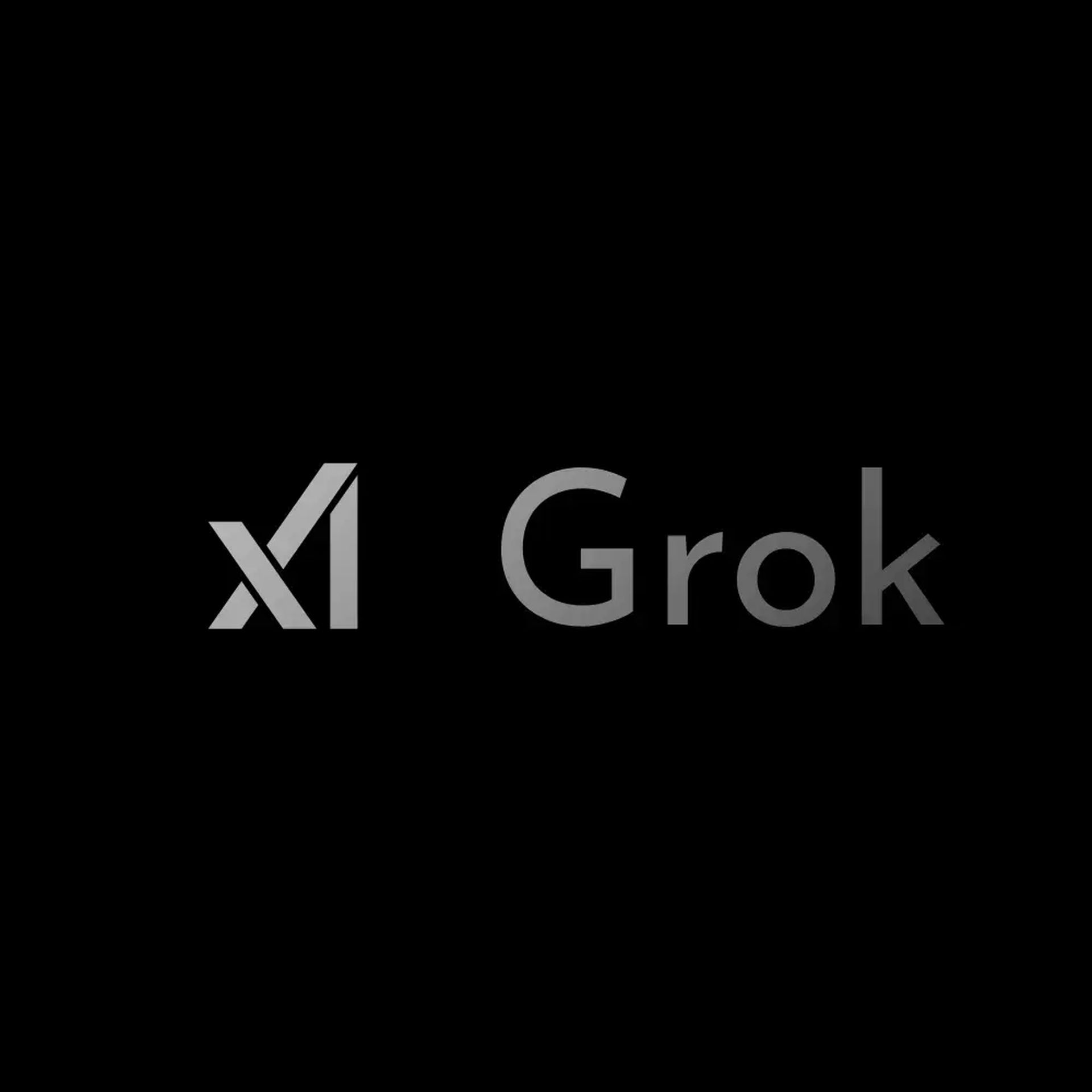Elon Musk’s AI startup, xAI, has officially launched the long-promised API for its generative AI model, Grok. Initially teased in August, the xAI API is now available to developers, but it currently offers limited functionality.
The only model accessible via the API is “grok-beta,” with pricing set at $5 per million input tokens and $15 per million output tokens—though the exact nature of the model and its capabilities remain somewhat unclear.
The @xAI API is now live!
— Elon Musk (@elonmusk) October 21, 2024
What does xAI API support?
The xAI API supports function calling, allowing Grok models to connect with external tools such as databases and search engines. However, potential users have noted some limitations. While documentation hints at more advanced features, like vision models that can analyze both text and images, these functionalities are not yet live.
Grok first appeared on X (formerly Twitter) last year and has since become a notable part of the platform’s AI ecosystem, especially for X Premium+ users. Known for its edgy and often controversial responses, Grok stands out from more restrained chatbots like ChatGPT. Musk has described the model as having a “rebellious streak,” capable of responding to provocative prompts that other systems might refuse.
As Grok continues to expand within X, it has already begun summarizing news and generating images through its integration with Flux, an open image generator. However, some of Grok’s outputs have raised eyebrows, with users reporting inaccuracies in news summaries and concerns about the lack of guardrails in its image generation.

AI-sphere is a competitive place
Musk’s xAI faces stiff competition in the generative AI space, particularly from industry leaders like OpenAI and Anthropic. With Grok, Musk aims to use the vast amount of data generated by X’s user base, which he claims gives xAI a competitive advantage. In fact, X recently updated its privacy policy to allow the platform’s data to be used for AI training purposes, raising both opportunities and concerns about privacy.
xAI raised $6 billion earlier this year from investors including Andreessen Horowitz, Sequoia Capital, and Fidelity. Musk’s vision extends beyond X, with plans to train Grok models on data from his other companies, such as Tesla, SpaceX, and The Boring Company. However, this strategy has not been without controversy. Tesla shareholders have raised concerns, with some filing lawsuits against Musk, alleging that he is diverting talent and resources from Tesla to support xAI.
The xAI API’s current state might be bare-bones, but it signals the first step toward broader accessibility for developers. Users have encountered issues with purchasing usage credits, and the lack of clarity around which model they’re buying has left some scratching their heads. Yet, with the promise of future upgrades, including potential image analysis capabilities, xAI appears poised to build on the Grok model in the coming months.
As for Grok’s future, Musk remains optimistic. The company is training the next generation of models at its Memphis data center, though environmental concerns around the center’s operations have surfaced. Musk’s plan to upgrade the facility in 2025 will require approval from the Tennessee Valley Authority, adding another layer of complexity to xAI’s development efforts.
For now, the Grok API is available, but like much of Musk’s AI ventures, it’s a work in progress.





